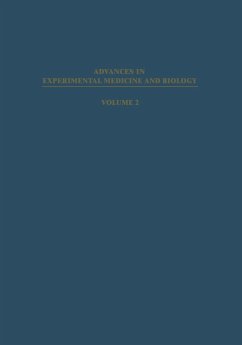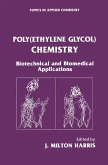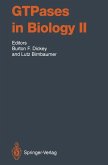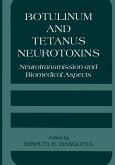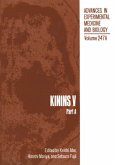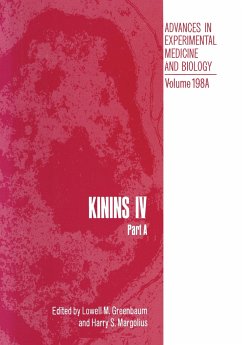It can be concluded (under the specific experimental procedures em ployed) that:- 1) HCG labelled with 1 - 2 atoms of radioactive iodine did not differ sig nificantly from the unlabelled hormone; 2) The ovary alone exhibited a capacity to affix specifically HCG; 3) The amount of radioactive material in the ovary was directly proport ional to the quantity of labelled HCG injected; 4) When the HCG present in the circulation is bound to an antiserum to HCG, the antigen-antibody complex is not concentrated by the ovary; 5) Circulating labelled HCG decreased to 50% within 30 minutes following a single intravenous injection; 6) There are four different phases of ovarian uptake of HCG, namely: the first phase, when there is only an inflow from the circulation and stor age mainly in the follicular envelopes; the second phase, when there is a greater inflow than outflow; the third phase, when the inflow is equal to the outflow; and the fourth period, when the outflow is bigger than the inflow. REFERENCES 1. Lunenfeld, B. and Eshkol, A. Vitamins and Hormones (1967) 25:165 2. Eshkol, A. In: Recent Research on Gonadotropbio Hormones, eds. E. T. Bell andJ. A. Loraine, Edinburgh, Livingstone (1967), p. 202. 3. Eshkol, A. and Lunenfeld, B. Proc. Tel-Hashomer Hosp. (1967) 6:4. ACKNOWLEOOMEN'IS This work was supported in part by a grant from the Population Council, N. Y. , U. S. A. andbyGrantNo.

